Explore Effective Strategies for Myofascial Relief
Advances in Manual Therapy for Myofascial Pain Syndrome
Myofascial Pain Syndrome (MPS) causes chronic pain for many people worldwide. It features trigger points—hyperirritable spots in skeletal muscle. MPS can produce localized pain and referred pain elsewhere in the body. Patients often feel muscle tightness, reduced mobility, and decreased quality of life. Traditional treatments include medications, physical therapy, and lifestyle changes. Recent advances in manual therapy offer a powerful approach to managing MPS. This blog post explores the latest techniques, practical tips, and benefits of manual therapy for those suffering from this condition.
Understanding Myofascial Pain Syndrome
MPS can be complex, with symptoms overlapping other conditions like fibromyalgia and tension-type headaches. Trigger points play a crucial role in MPS. Various factors, such as muscle overuse, trauma, poor posture, and stress, can cause these points. The resulting pain often persists, affecting daily activities and mental well-being.
Traditional approaches focus on symptom management using medications and exercises. However, these methods may not address the pain’s root cause. This gap has sparked interest in manual therapy techniques that treat underlying issues contributing to MPS.
Manual Therapy Techniques
Manual therapy includes various hands-on techniques designed to alleviate pain and restore function. Recent advancements have led to more targeted methods that cater to individual needs with MPS. Here are some effective techniques:
1. Myofascial Release
Myofascial release is a gentle technique that relieves fascia tension, the connective tissue around muscles. Therapists apply sustained pressure to affected areas, releasing restrictions and promoting relaxation. Research shows myofascial release significantly reduces pain levels and improves mobility in MPS patients.
2. Trigger Point Therapy
Trigger point therapy targets painful muscle knots. Therapists use fingers, knuckles, or elbows to apply pressure, releasing tension and improving blood flow. This technique often provides immediate pain relief and increases range of motion. Patients frequently report a “release” sensation after sessions, transforming their experience.
3. Cupping Therapy
Cupping therapy, an ancient practice gaining popularity, uses suction cups on the skin. This vacuum effect enhances blood circulation and promotes muscle relaxation. Cupping also helps break up fascial adhesions, offering lasting relief for MPS patients. Many find this technique effective and deeply relaxing.
4. Positional Release Therapy
Positional release therapy places the body in specific positions to alleviate pain and tension.
Conclusion
Manual therapy offers promising techniques for managing Myofascial Pain Syndrome, enhancing patients’ quality of life.
Below are related products based on this post:
FAQ
What is Myofascial Pain Syndrome (MPS) and what are its symptoms?
Myofascial Pain Syndrome (MPS) is a condition characterized by chronic pain caused by trigger points in skeletal muscle. Symptoms include localized pain, referred pain, muscle tightness, reduced mobility, and a decreased quality of life. It can also overlap with other conditions like fibromyalgia and tension-type headaches.
What are some manual therapy techniques effective for treating MPS?
Effective manual therapy techniques for treating MPS include myofascial release, trigger point therapy, cupping therapy, and positional release therapy. These methods are designed to alleviate pain, improve mobility, and address underlying issues contributing to MPS.
How can manual therapy benefit those suffering from MPS?
Manual therapy can significantly enhance the quality of life for MPS patients by providing pain relief, improving mobility, and promoting relaxation. Techniques like myofascial release and trigger point therapy specifically target areas of tension, leading to immediate pain relief and increased range of motion.
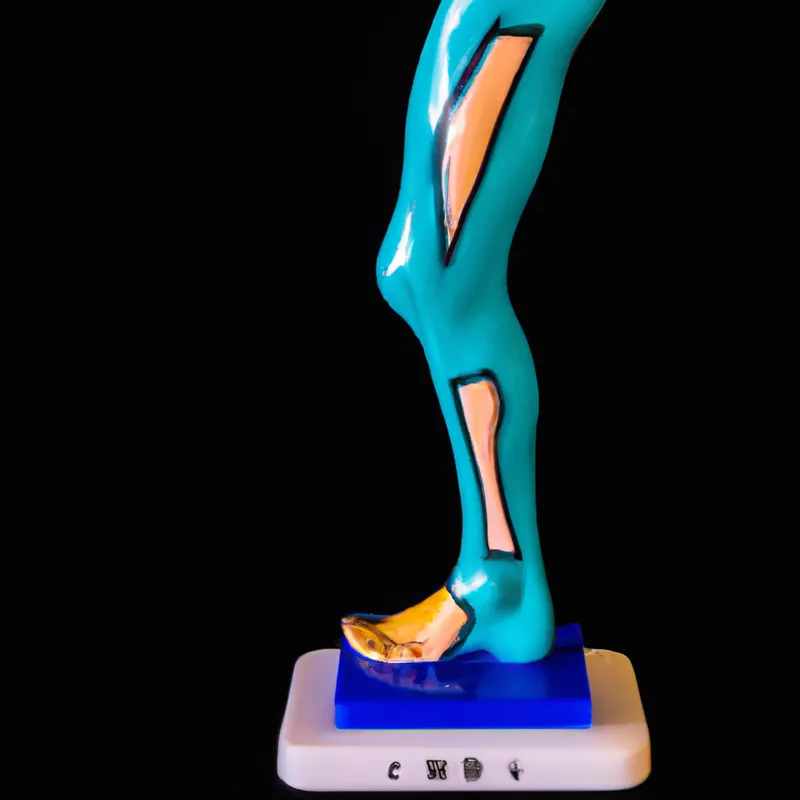


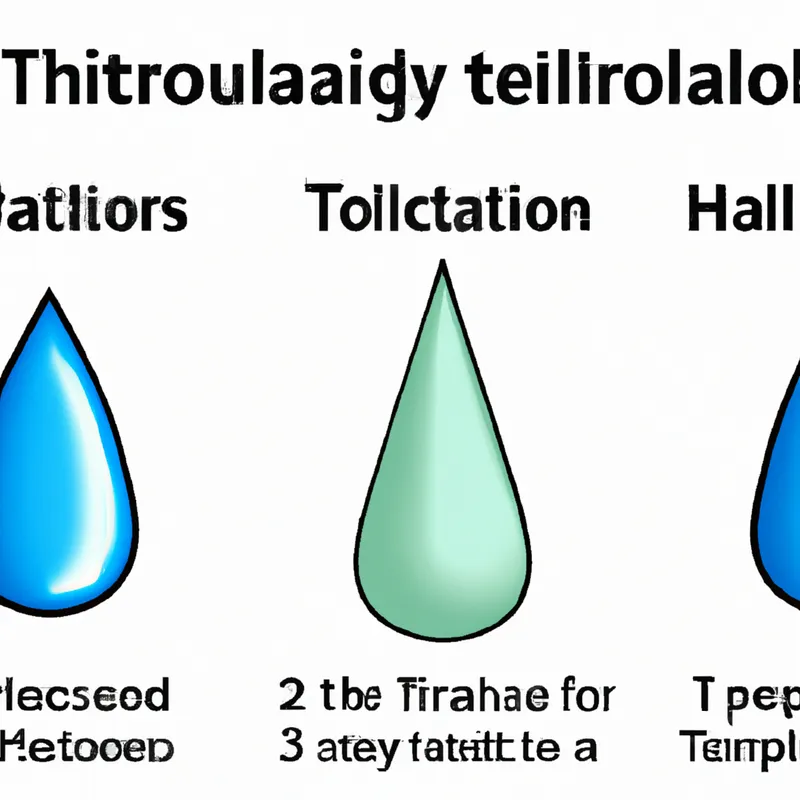


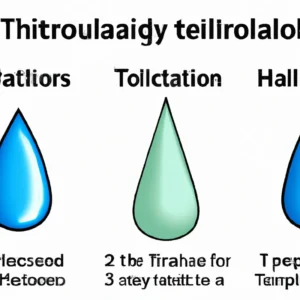


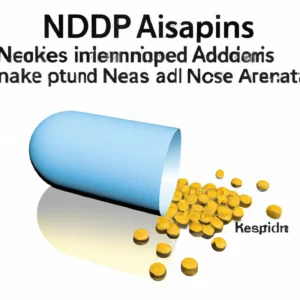
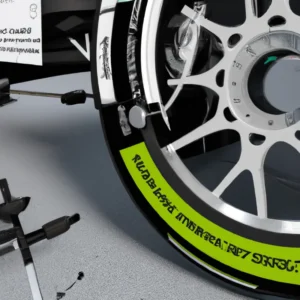

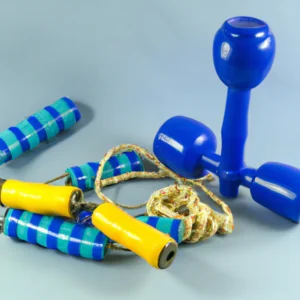
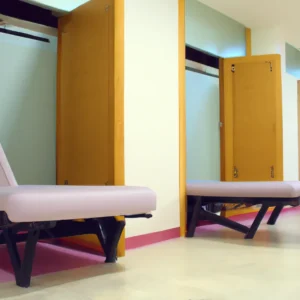
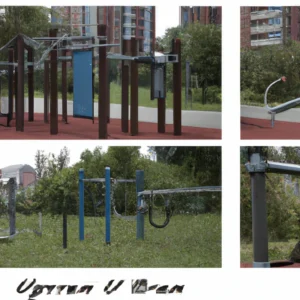
Post Comment